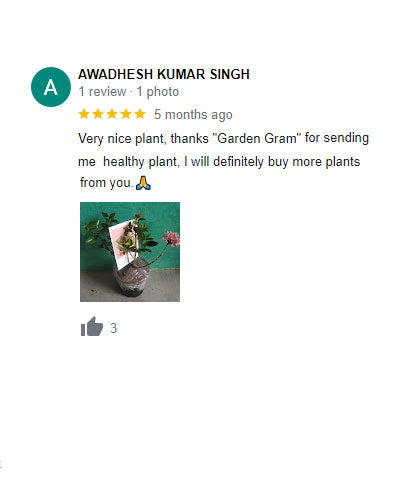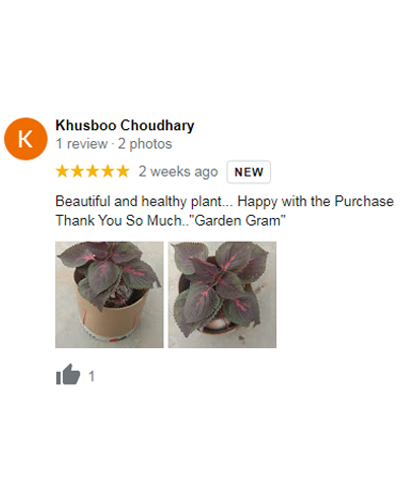10 Essential Summer Gardening Tasks
Ah, summer—the season of sunshine, warmth, and flourishing gardens! Whether you're a newbie gardener or a seasoned pro, there's no better time to roll up your sleeves and dive into the joys of gardening. In this guide, we'll walk you through
10 essential tasks to ensure your garden thrives throughout the summer months.
From tending to your vegetable patch to beautifying your flower beds, we've got you covered!
1. Get Your Garden in Shape:

- Give your plants some love by weeding, mulching, and watering regularly.
- Keep an eye out for pests and diseases, and take prompt action to prevent infestations.
-
Harvest ripe vegetables in your vegetable garden regularly to encourage continuous production.
2. Revitalise Your Flower Beds:

- Deadhead spent blooms to encourage new growth and prolong the flowering season.
- Add a layer of compost or mulch to retain moisture and suppress weeds.
-
Consider adding heat-loving annuals like marigolds and zinnias for a burst of colour.
3. Test Your Soil Health:

- Conduct a soil test to determine nutrient levels and pH balance.
-
Amend your soil as needed based on the test results, adding organic matter or fertiliser to improve fertility.
4. Recover from Winter Weather:

- Assess any damage caused by winter weather, such as frost or windburn.
-
Prune damaged branches and provide support for leaning plants to encourage recovery.
5. Continue Spring Gardening Tasks:

- Complete unfinished spring gardening tasks, such as planting bulbs or dividing perennials.
-
Stay on top of watering, fertilizing, and pest control to ensure healthy growth.
6. Monitor Freeze and Thaw Cycles:

- Be mindful of fluctuating temperatures, which can cause soil heaving and damage tender plants.
-
Mulch around vulnerable plants to insulate roots and protect them from temperature extremes.
7. Check Soil Temperature:

- Monitor soil temperature to determine the ideal time for planting heat-loving crops like tomatoes and peppers.
-
Wait until soil temperatures consistently reach at least 60°F before transplanting sensitive seedlings.
8. Give Time Your Gardening Activities:

- Plan your gardening activities around the cooler parts of the day, such as early morning or late afternoon, to avoid heat stress.
-
Stay hydrated and take breaks as needed to prevent exhaustion in the summer heat.
9. Care for Trees and Shrubs:

- Water trees and shrubs deeply to encourage deep root growth, especially during dry spells.
-
Prune any dead or damaged branches, and consider shaping your shrubs for a more attractive appearance.
10. Keep an Eye on Pests and Diseases:

- Stay vigilant for common garden pests like aphids, caterpillars, and slugs.
- Treat infestations promptly with organic or chemical solutions as appropriate.
By following these 10 tips, you'll be well on your way to enjoying a beautiful and bountiful garden all summer long! Happy gardening!













